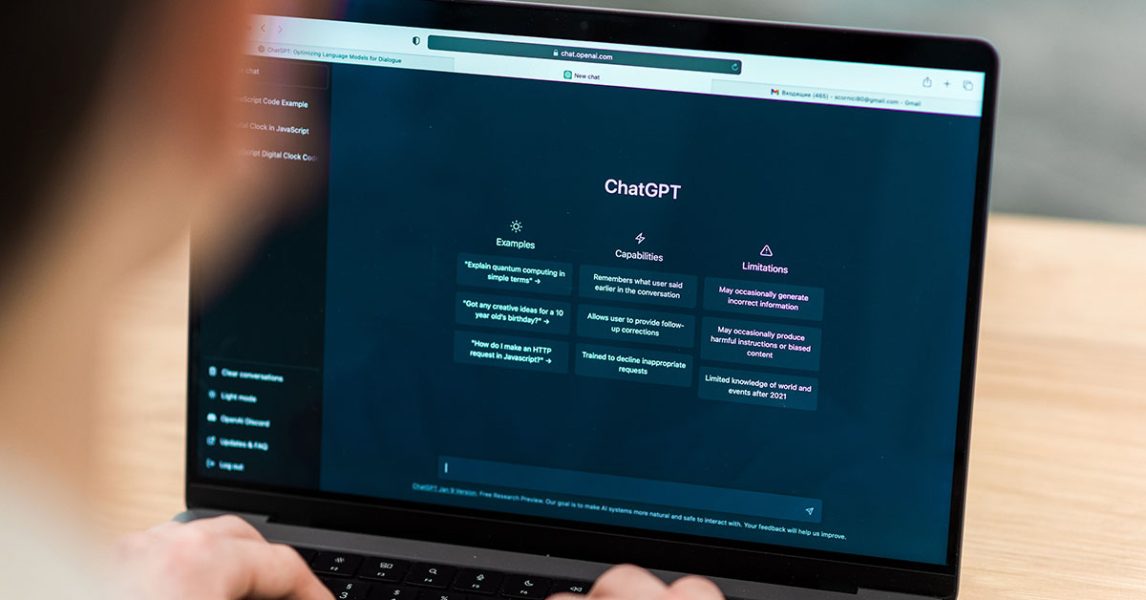
Understanding Future Trends
For your employeesIt’s no secret that the world is changing rapidly, and businesses are feeling the pressure. In fact, according to PwC’s 27th annual CEO Survey, 45% of global CEOs believe their companies won’t survive the next ten years unless they change their course. This stark statistic points to three critical disruptions that are already reshaping industries: AI and technology, societal changes compounded by what is now termed the “polycrisis,” and the talent shortage.

1. AI and Technology: Evolving at Lightning Speed
The first major disruption is artificial intelligence (AI) and technology, which are advancing at an unprecedented pace. We’ve already seen how quickly AI has evolved, with tools like ChatGPT transforming everyday tasks. What once required advanced technical skills is now accessible to anyone who knows how to ask the right questions (i.e. form the right prompts). This democratisation of technology is both a boon and a challenge for businesses. Those that learn to leverage these tools can gain a competitive edge, while those that don’t risk being left behind.
AI is no longer just a tool for data analysis or task automation. It’s becoming integral to decision-making, customer service, and even creative work. Consider the rise of tools like ChatGPT, which can now generate written content, analyse complex data, and even provide real-time insights during presentations. These capabilities are reshaping roles across industries, from marketing and communications to engineering and healthcare.
But the real challenge lies in how businesses will integrate AI into their operations. The key is not to view AI as a replacement for human workers but as a tool to augment human capabilities. By automating repetitive tasks, AI allows employees to focus on higher-level, strategic work, fostering innovation and creativity. Companies that can successfully merge human talent with AI will thrive in this new landscape.

2. The Polycrisis: A Convergence of Global Challenges
The second disruption is what is being referred to as the Polycrisis. This term is a fitting description for the multiple, interconnected crises we face today. From climate change and economic instability to geopolitical conflicts and supply chain disruptions, these challenges feed into each other, creating a complex and volatile environment for businesses.
For CEOs, navigating the polycrisis requires more than just reactive measures. It demands a proactive, forward-thinking approach.
Companies need to build resilience into their operations, ensuring they can adapt to sudden shifts in the global landscape. This might mean diversifying supply chains, investing in sustainable practices, or adopting flexible work models that can withstand economic downturns and social upheavals.
Australia presents an interesting outlier in the global conversation. While 45% of global CEOs are concerned about their companies’ survival, only 15% of Australian CEOs share that worry. This raises the question: are Australian businesses better prepared for these disruptions, or are they underestimating the scale of the challenges ahead? Some suggest that Australia is lagging behind in critical areas like AI adoption and climate change preparedness, a gap that could prove costly in the long run.

3. The Talent Shortage: The Rise of the Empowered Workforce
The third disruption, and perhaps the most pressing for many businesses, is the talent shortage. But framing this issue simply as a shortage misses the bigger picture. We are witnessing the rise of the empowered workforce, where employees have more leverage and choice than ever before. This shift is driven by several factors, including demographic changes, the decline in birth rates, and the evolving expectations of younger generations, particularly Gen Z.
Gen Z workers view their careers as a collection of experiences rather than a linear path to retirement. They prioritise flexibility, purpose, and personal development over job security and long-term financial goals. For businesses, this means that attracting and retaining top talent requires more than competitive salaries and traditional benefits. Companies need to offer meaningful work, opportunities for growth, and a culture that aligns with employees’ values.
At the same time, the rise of AI is changing the nature of work itself. While some jobs may be automated, AI is also creating new opportunities for human workers. The challenge for businesses is to identify which tasks can be automated and which require human ingenuity, creativity, and emotional intelligence. By focusing on upskilling and reskilling their workforce, companies can ensure that their employees are prepared for the jobs of the future.

The Way Forward: Thriving Amid Disruption
So, where does this leave us? It’s clear that businesses face significant challenges, but there’s also reason for optimism. By embracing AI, building resilience in the face of the polycrisis, and empowering their workforce, companies can not only survive but thrive in the years to come.
The future of work will require new leadership styles – collaborative, flexible, and focused on outcomes rather than rigid processes. Leaders must be willing to embrace change, adopt new technologies, and create environments where employees feel valued and engaged. This is not just about keeping up with the times; it’s about positioning businesses to lead in the next decade and beyond.
The journey ahead may be uncertain, but it is filled with opportunity for those ready to adapt. The question now is: will your company be one of the 45% that falters, or will it evolve to meet the future head-on? The choice is yours.

About the author
Kim Seeling Smith is a Business Futurist who helps organisations thrive through the rapidly changing world of AI and the Polycrisis (where multiple crises intersect and affect each other). https://kimseelingsmith.com/
 Driving Insights
Driving Insights




